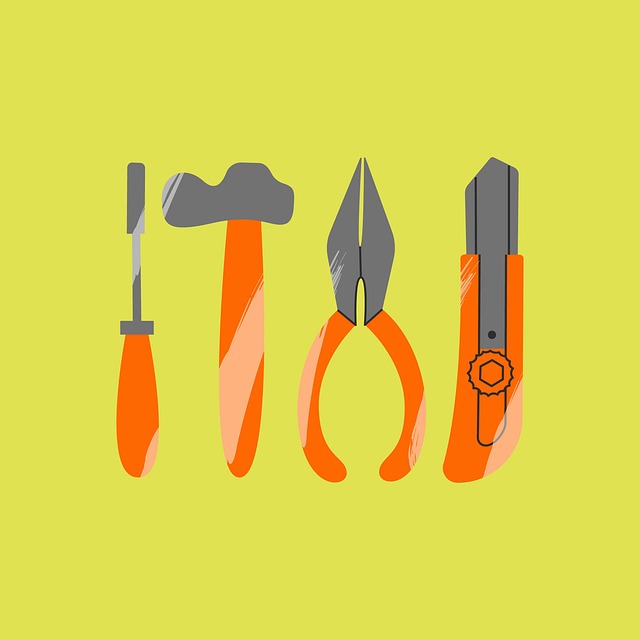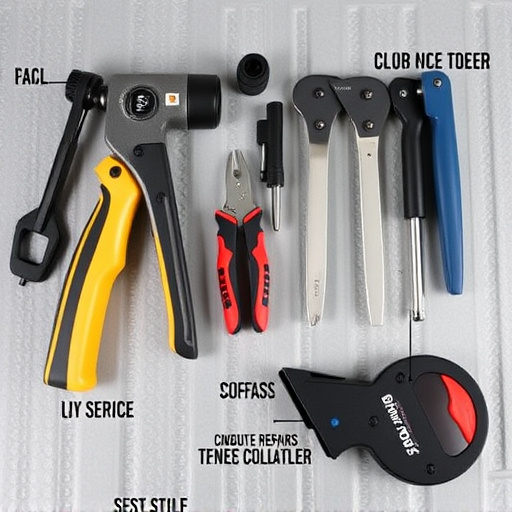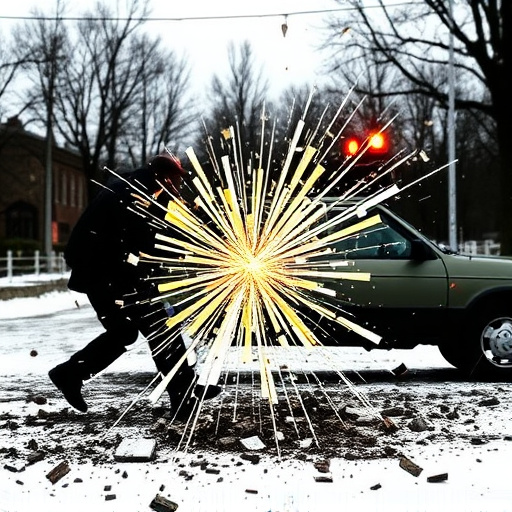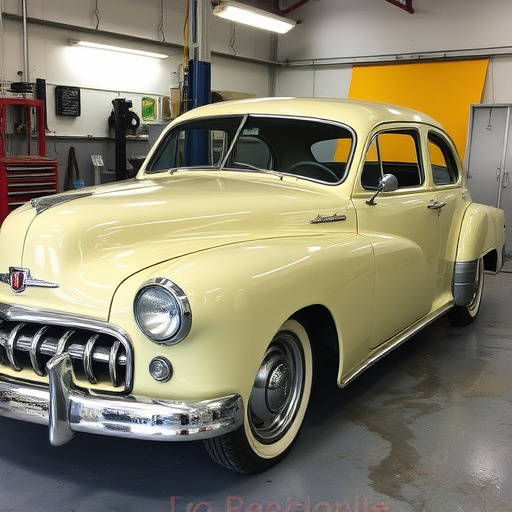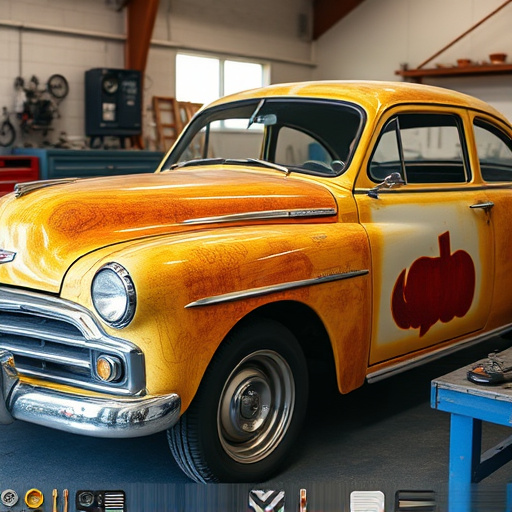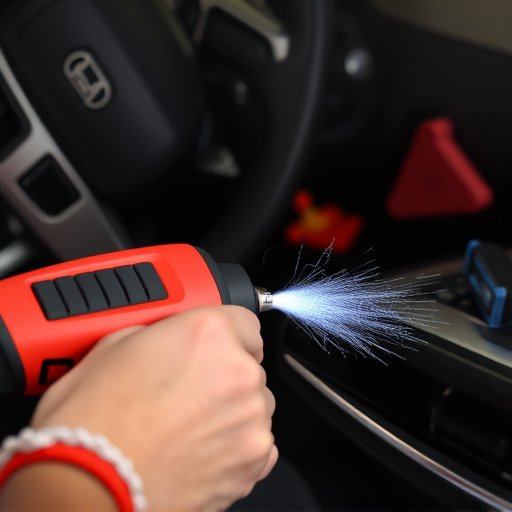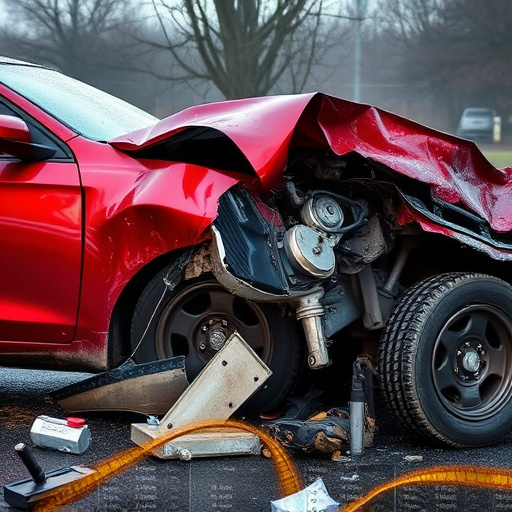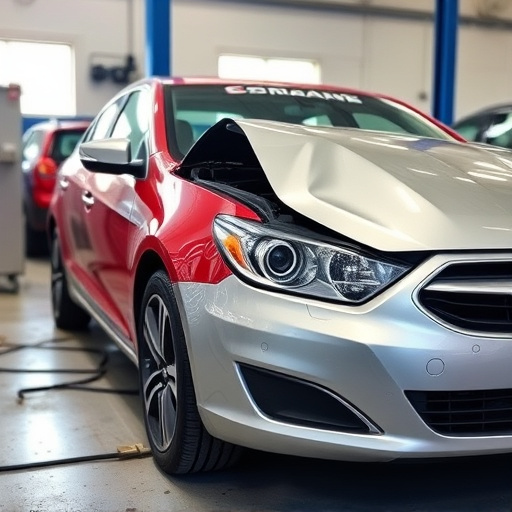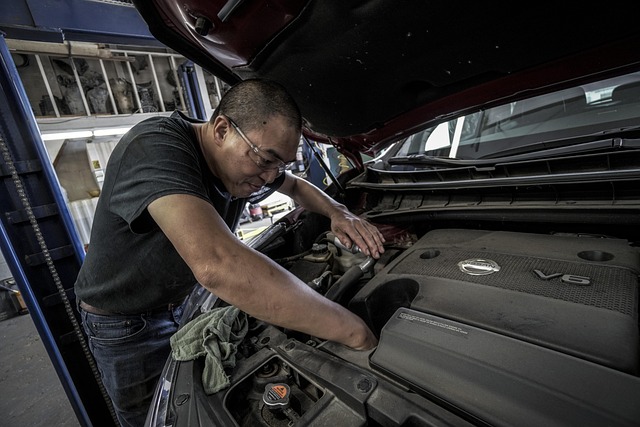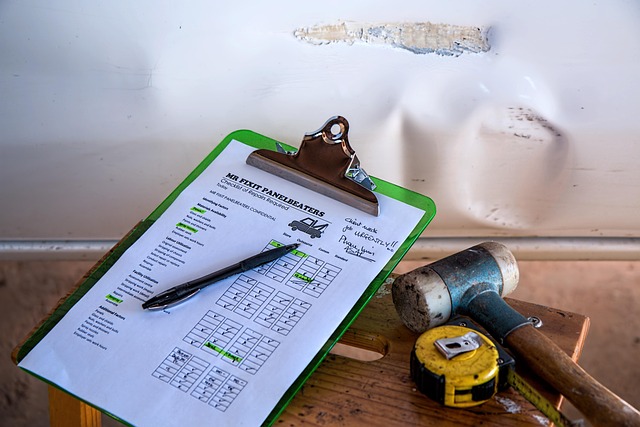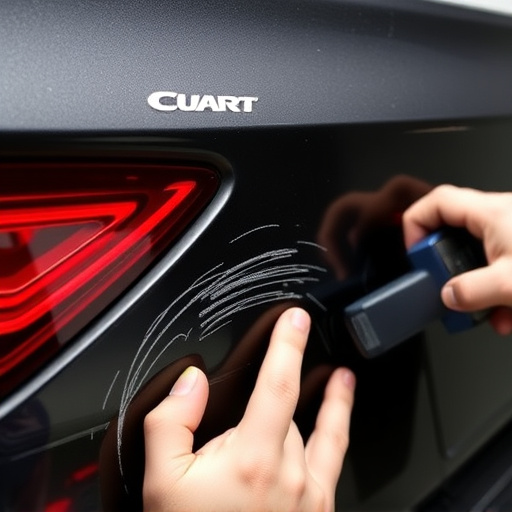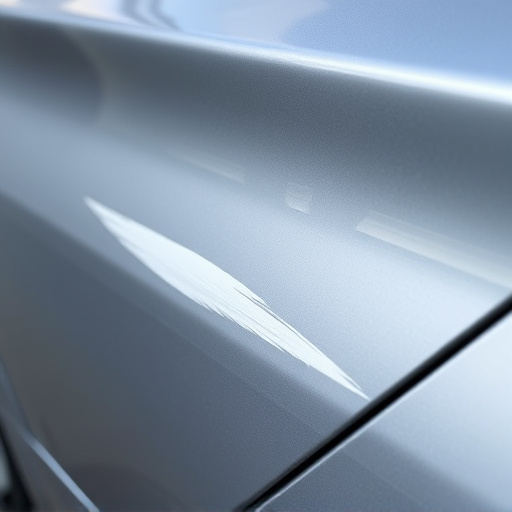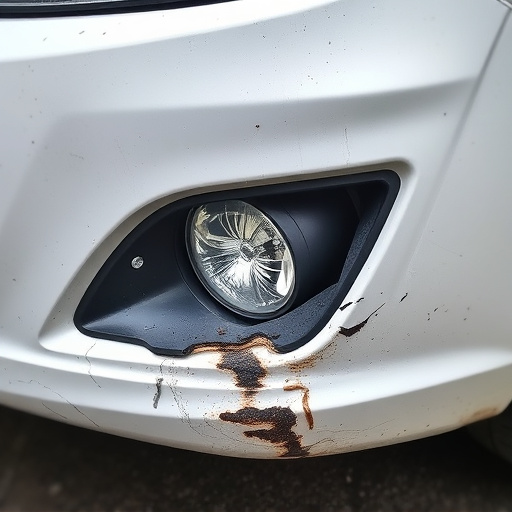Car frame damage repair begins with a thorough assessment to identify and prioritize repairs. Understanding dent removal techniques and choosing between professional or DIY methods is key. For severe cases, expert intervention ensures structural integrity and safety through precise alignment and hidden damage correction.
Making informed decisions about car frame damage repair is crucial for both safety and budget. This guide offers expert advice on navigating the process, ensuring your vehicle’s structural integrity after an accident. We’ll explore how to assess the scope of damage, compare professional vs. DIY repairs, and prioritize safety and sound structure throughout the restoration process. By understanding these key aspects, you can make confident choices for effective car frame damage repair.
- Assessing Scope: Understanding Car Frame Damage Extent
- Professional vs DIY: Weighing Repair Approaches
- Safety & Structure: Ensuring Soundness After Repairs
Assessing Scope: Understanding Car Frame Damage Extent
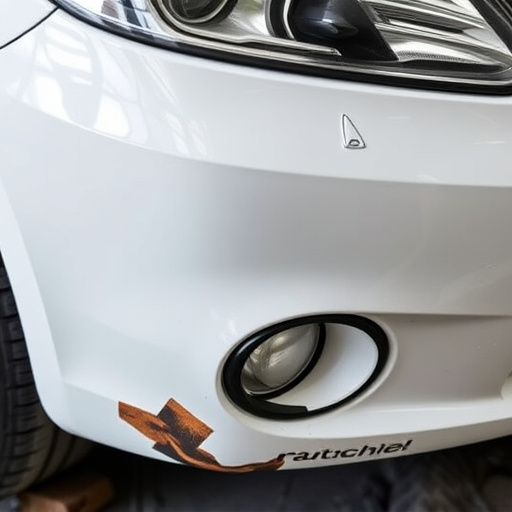
Assessing the scope of car frame damage is a crucial first step in making informed decisions about repairs. It involves meticulously examining the vehicle to understand the extent and type of damage incurred, ranging from slight deformities like dents to more severe structural issues. Through this process, you’ll gain insights into whether it’s feasible to fix or replace affected parts, which significantly influences the overall cost and timeline of the repair process.
Proper assessment ensures that only necessary repairs are undertaken, aligning with car frame damage repair best practices. It also helps in avoiding unnecessary expenditures on components that might not be compromised. This step is pivotal for accurate budgeting, as well as for ensuring the safety and performance of the vehicle after completion of the automotive repair work. Remember, a thorough understanding of dent removal techniques or other car dent removal methods can play a significant role in determining the best course of action for specific frame damage.
Professional vs DIY: Weighing Repair Approaches
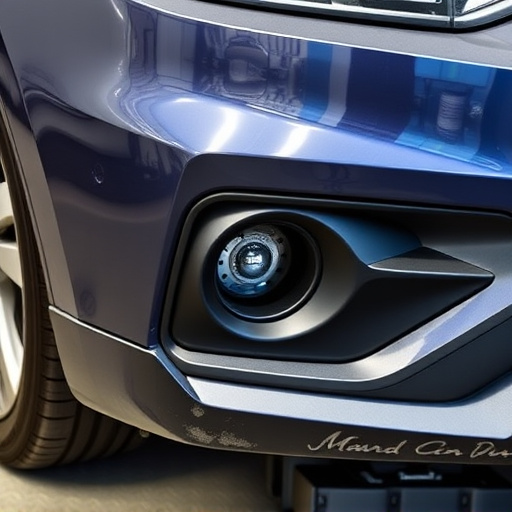
When deciding on how to fix car frame damage, it’s essential to understand the difference between professional repair and DIY approaches. Professional car frame damage repair involves highly skilled technicians utilizing specialized equipment and techniques tailored for precision and safety. This method guarantees structural integrity and ensures your vehicle meets all safety standards after repair.
On the other hand, DIY car frame restoration can be appealing due to cost savings but demands an extensive knowledge base and access to appropriate tools. Mistakes in this process could lead to further damage or compromised safety. For minor frame dents or straightening, a collision center may offer the best balance between quality and affordability, while severe cases often necessitate expert intervention for optimal car body restoration.
Safety & Structure: Ensuring Soundness After Repairs
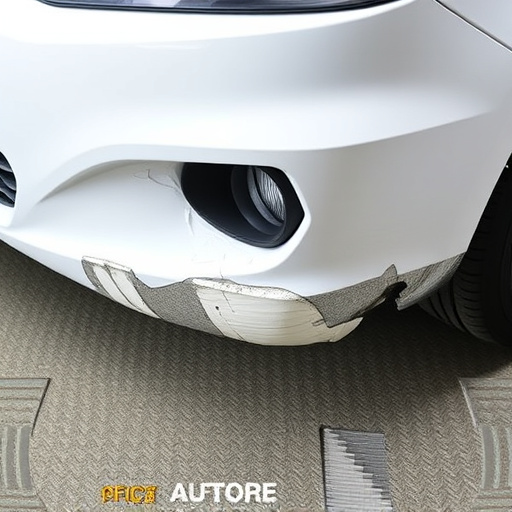
After making the decision to proceed with car frame damage repair, ensuring the safety and structural soundness of your vehicle should be a top priority. Frame damage can compromise the integrity of your car, affecting its overall stability and handling. Therefore, any repairs must adhere to strict standards to guarantee safe driving conditions post-restoration. Look for experienced technicians who specialize in precision alignment and structural repair to accurately assess and fix frame issues.
Proper car frame damage repair involves more than just fixing visible dents or scratches; it entails realigning metal components to their original specifications. This meticulous process is crucial, especially in severe cases where the frame may have bent or twisted during a collision. By addressing these hidden damages, you not only restore your vehicle’s external appeal but also ensure its longevity and safety on the road, making it a key aspect of any comprehensive collision repair service.
When dealing with car frame damage repair, a thorough understanding of the extent of the damage and the available repair approaches is crucial. By carefully assessing the scope of work, considering professional vs DIY options, and prioritizing safety and structural integrity, you can ensure your vehicle returns to its pre-accident condition. Remember, proper repairs are essential for both performance and peace of mind on the road ahead.
